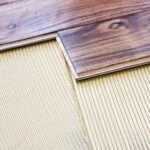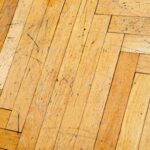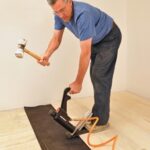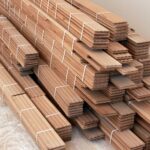One of the nice things about a polyurethane wood floor finish is that, when it the floor becomes scratched or worn, you can usually recoat it without having to sand the entire floor first.
The process of lightly sanding the floor before recoating it is called “screening.”
Whether or not recoating your floor is a possibility depends on a couple of factors: The existing finish must be polyurethane, and it cannot have a buildup of wax or other chemicals because these will cause the floor to reject the new finish.
You can determine whether your floor qualifies for a recoating by making a patch test on an area about 4 inches square. Though you can do this in an inconspicuous place, such as a closet, it’s better to test along a wall near windows, where cleaners may have collected.
1) Thoroughly clean a small section of flooring using a wood floor cleaner.
2) With fine (120-grit) sandpaper, lightly sand the area, working in line with the wood grain. Wipe away the dust thoroughly.
3) Apply polyurethane floor finish to the patch test area and wait 24 hours.
4) Check the finish. It should be smooth, not rippled or an orange-peel texture. Using a coin, scratch the surface with moderate pressure; the finish shouldn’t flake or peel away.
5) If the surface isn’t smooth or flakes with this moderate scratching, you’ll have to have the floor completely sanded and refinished.
Before recoating a hardwood floor, it needs to be lightly abraded so the new coating will adhere. This process is called “screening.” The following video shows how to screen and recoat a hardwood floor.


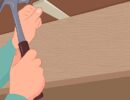
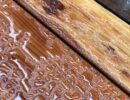

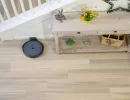
 Don Vandervort writes or edits every article at HomeTips. Don has:
Don Vandervort writes or edits every article at HomeTips. Don has:
